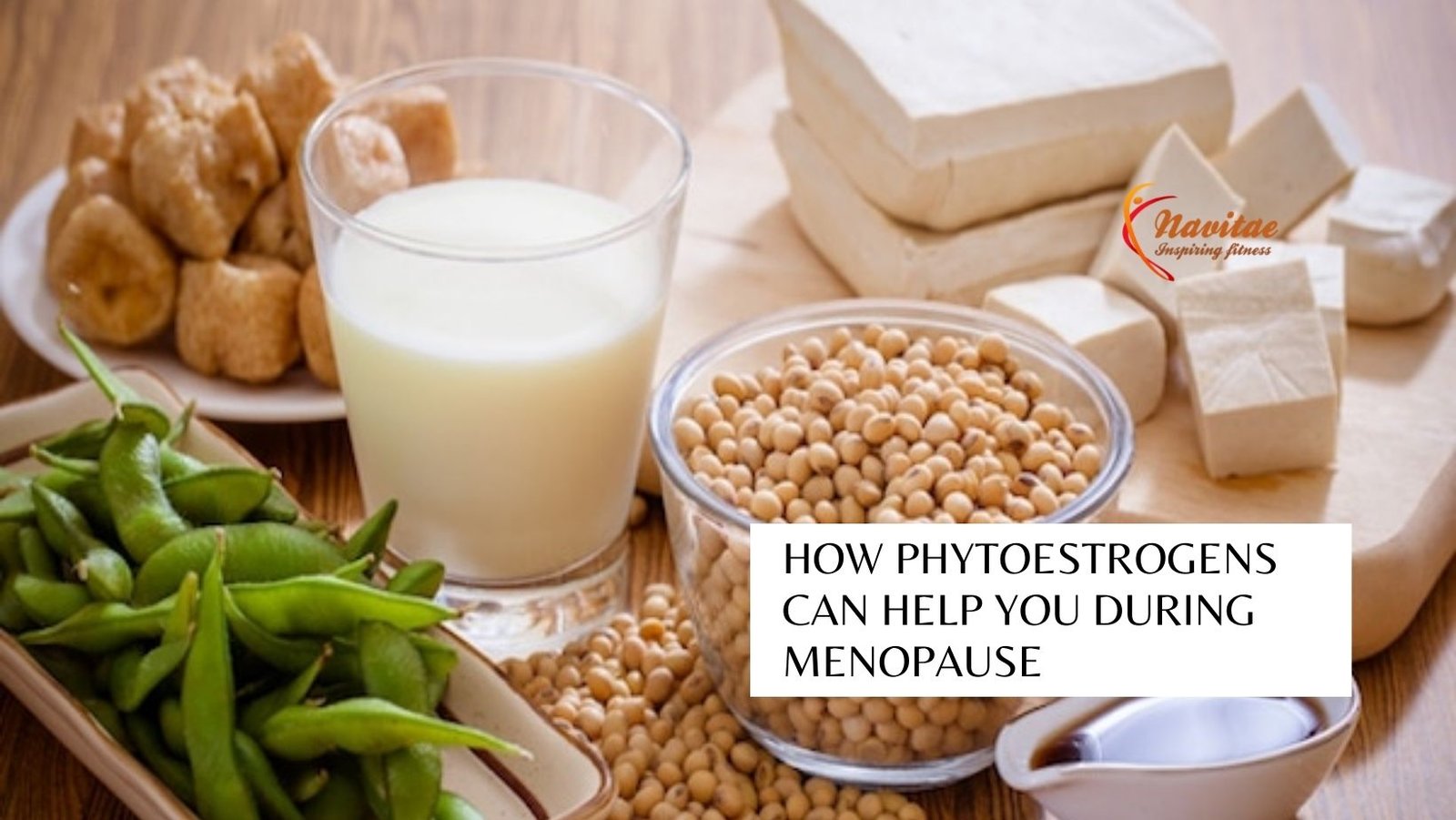
Phytoestrogens (plant estrogens) are substances that occur naturally in plants. They have a similar chemical structure to our own body’s estrogen (one of the main female hormones), and are able to bind to the same receptors that our own estrogen does.
For decades, estrogen was used as a component of hormone replacement therapy to treat menopausal symptoms and for anticipated preventive health benefits in women with prostesterone, or as a monotherapy hormone treatment in women after hysterectomy, but after studies reported that long-term estrogen increase the prevalence of cardiovascular events and breast cancer, many patients and researchers have looked into alternative treatments such as food or products containing phytoestrogens.
Phytoestrogens are weak plant-derived estrogen. They do, however, behave differently to female estrogen and this depends on the estrogen’s environment (eg, whether a woman is in her reproductive years and has higher estrogen, or is postmenopausal with lower estrogen)
Why phytoestrogens may be beneficial for women
As well as their potential estrogenic action, foods that contain phytoestrogens also offer other nutritional benefits including protein, fibre, vitamins and minerals. Soy protein may also help to lower LDL cholesterol (bad cholesterol).
Some studies have shown potential benefits of phytoestrogens in regard to cardiovascular risk, bone density and menopausal symptoms. About a third of women who eat a diet that delivers amounts of phytoestrogens typical of an Asian diet (particularly from soy foods) find that their menopausal symptoms improve.
Phytoestrogens appear to reduce the frequency of hot flushes in menopausal women, without serious side-effects.
The best dietary sources of phytoestrogens include:
1. Flaxseeds -Flaxseeds are the richest dietary source of lignans (polyphenols found in plants). Researchers believe they lower breast cancer risk. You can sprinkle flaxseeds on many dishes, bake them into bread and cookies, or blend them into smoothies and spreads.
2. Soy – Soy contains high levels of isoflavones, phytoestrogens that may mimic estrogen’s effects and reduce the risk of both breast and prostate cancer. Soy is also rich in a range of essential vitamins and minerals. It can support heart health as an alternative to red and processed meats. It’s also extremely versatile — you can include soy in your diet with foods like tofu, tempeh, edamame, and soymilk.
3. Peaches -Because of their high lignan content, studies show that eating two servings of peaches or nectarines a week reduces a woman’s breast cancer risk. Researchers find similar effects from consuming blueberries and strawberries.
4. Garlic -Regular garlic consumption can help lower cholesterol, reduce blood pressure, and prevent clots — all heart disease risk factors. Research shows garlic can influence estrogen levels in the body, perhaps helping reduce age-related bone loss. But more research is needed to study this effect.
5. Red Wine- Red wine is rich in resveratrol, a phytoestrogen researchers believe reduces heart disease risk by regulating cholesterol levels. Another study found that phytoestrogens in red wine may stop cancer cell growth, particularly among postmenopausal women.
6. Sesame -Seeds Sesame seeds are easy to add to almost any meal — and they may help improve your cholesterol levels. Studies show they affect estrogen levels, with potent antioxidant activity fighting chronic disease risk factors.
7. Cruciferous Vegetables- Vegetables like broccoli, Brussel sprouts, and kale contain phytoestrogens with anticancer and anti-inflammatory properties. Diets rich in cruciferous vegetables are also associated with lower risk of many chronic diseases, including heart problems.
8. Nuts- Nuts like cashews, almonds, peanuts, and pistachios are a great source of heart-healthy phytoestrogens. They’re easy to add to your diet. But because most nuts are high in calories and fat, be sure to limit your portions to the recommended serving size.
References:
Tice JA, Grady, D. Alternatives to Estrogen for Treatment of Hot Flashes. JAMA 295 (17): 2076-2078, 2006.
Nelson HD, Vesco KK, Haney E, Fu R, Nedrow A, Miller J, Nicolaidis C, Walker M, Humphrey L. Nonhormonal Therapies for Menopausal Hot Flashes: systematic review and meta-analysis. JAMA 295 (17): 2057-2071, 2006
Pruthi S, Thompson SL, Novotny PJ, Barton DL, Kottschade LA, Tan AD, Sloan JA, Loprinzi CL. Pilot evaluation of flaxseed for the management of hot flashes. J Soc Integr Oncol. 5(3): 106-112
https://www.ncbi.nlm.nih.gov/pmc/articles/PMC4389700/
https://pubmed.ncbi.nlm.nih.gov/25263312/
Complied by Deepa Kamath, Senior Nutritionist at Navitae